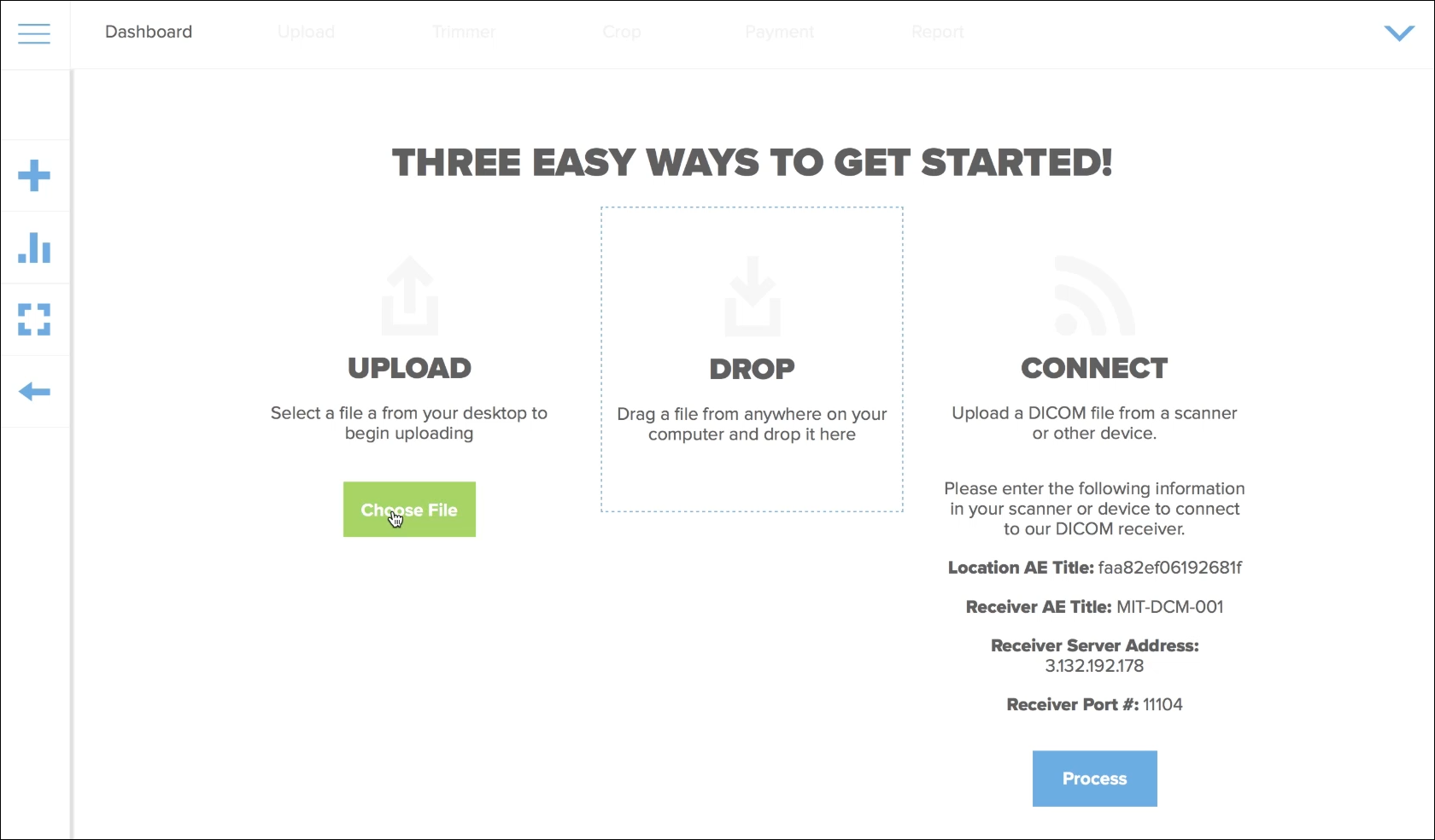
Ultrasound Processing
Platform for processing and deriving insights from ultrasounds
For the platform developed for Morphometrix, the development team utilized a broad set of technologies to produce a modern and easy-to-use web application. The primary goal of the application was to provide users with a frontend that was intuitive and would allow users to upload ultrasound videos and provide the needed inputs for their proprietary backend to process and analyze the ultrasound. Through the analysis multiple data points would be generated, these data points can be viewed directly in the application, including 3D imaging, charts, images, and videos.
Development
The application was developed with a Ruby on Rails backend with an Express and React front-end. The application leveraged Redux for state management and Axios for requests to the API backend. For authentication we utilized Auth0 to allow us to rapidly prototype and develop the application, this also allowed us to leverage both social and business sign-in, such as Active Directory.
The frontend's primary path of use was to drive the processing of scans by users, specifically collecting the inputs and then sending the payload of the overall scan data to be processed by the client's MATLAB algorithm. The MATLAB algorithm was not directly modified by our team but was extended to introduce multiple features, such as:
- Providing CLI parameters to the runtime to inform processing
- Running the algorithm in a Docker container (AWS Fargate)
- Generating additional assets structured for web consumption
To connect the multiple microservices being run for the overall application we utilized PostgreSQL NOTIFY process as well as processor queues. These two systems allowed us to rapidly inform users on the frontend of the progress of their scan through the backend pipelines. Some examples of our back-end processes run for each scan are:
- MATLAB processing
- 3D image generation from MATLAB results
Deployment
The project was deployed fully to AWS utilizing multiple different services, including Elastic Beanstalk, Fargate, Elastic Load Balancer (ELB), and Relational Database Service (RDS). The project was configured to perform as many deployment tasks as possible automatically based on the development process. I handled configuring GitLab CI/CD to generate Docker images and ship those to client repositories for the front-end and back-end.
The overall DevOps pipeline was mostly autonomous except for final deployments to both Elastic Beanstalk and Fargate being gated behind manual QA-driven approval before automated tiered deployments occurred to staging, demo, and finally production environments. These autonomous pipelines were configured to be gated with test drive development and DevOps pipelines.
The project overall was rather complex, with many interconnecting layers. Pulling in various features through open-source libraries such as three.js, d3, Auth0, and video streaming features. This gave me many opportunities to expand my knowledge base in multiple areas, from DevOps to project bootstrapping.
Skills: React, Ruby, Axios, PostgreSQL, Docker, AWS